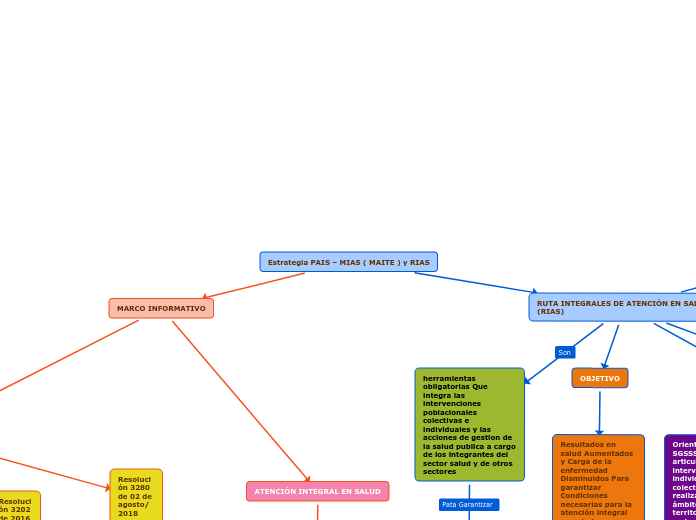Reconocemos nuestras emociones y su importancia en relación con nuestra salud
Type in the name of the multiple-perspectives text.
Example: Bridge to Terabithia by Katherine Paterson
¿Que son las emociones?
Son expresiones corporales que las personas experimentan al atravesar una situación.
Identify an important issue from the text that is being presented from different angles. Type it in.
Example: Jesse's drawing talent.
¿Como podemos reconocerlas?
Whose character does the third point of view belong to?
Type in his/her name.
Example: Mr. Aarons, Jesse's father.
Cuando se presentan cuando enfrentamos
una
determinada situación
que las estimula
y que varían de persona a persona,
así poder tener el control o saber cómo
actuar frente a esa emoción y
autorregular nuestras emociones.
What does the character think, say or do that suggests their perspective on the issue?
Type in a quote and try to maintain the citation format.
Example: 'He would like to show his drawings to his dad, but he didn't dare. (...) He'd thought his dad would be pleased. He wasn't. What are they teaching in that damn school? he had asked.' (Paterson, 2.8)
Finalidad
Decide on the second point of view
Name the character (it can either be the main character or one of the supporting characters) whose point of view you are presenting.
Example: Miss Edmunds, Jesse's music teacher.
Es importante porque así sabremos
que emoción estamos evidenciando
en la situación dada y así poder tener
el control o saber cómo actuar frente
a esa emoción y autorregular nuestras
emociones.
Type in a quote that points out the character's position about the issue.
Try to follow a citation format: author's name, chapter, and page.
Example: 'She said he was unusually talented, and she hoped he wouldn't let anything discourage him.' (Paterson, 2. 8)
Expresiones
Decide on the first point of view you are going to present.
Type in the name of the character (it can either be the main character or one of the supporting characters) whose point of view belongs to.
Example: Jesse Oliver Aarons, Jr., the main character of the novel, a fifth-grader living in a rural Southern area.
Asco
Expresión:
Se agudizan nuestros
sentidos y genera un
disgusto y rechazo.
¿Para que nos sirve?
Sirve para alejarnos
de lo que no nos gusta
y que nos puede hacer
daño.
Sorpresa
Expresión:
genera desconcierto
y sobresalto.
¿Para que nos sirve?
Nos ayuda a orientarnos
para descubrir lo que
nos sucede.
Ira
Expresión:
Genera enojo, rabia,
molestia, furia e
irritabilidad.
¿Para que nos sirve?
Defendernos de la
agresión o
defender lo que es
nuestro.
Alegría
Expresión:
Bienestar y seguridad
y gratificación.
¿Para que nos sirve?
Estimular el encuentro
y compartir con
otras personas.
Tristeza
Expresión:
Sientes pena,soledad,
pesimismo y también
sentimos dolor en el
pecho.
¿Para que nos sirve?
Fomenta el apoyo del
grupo y estimula la
cohesión
social.
Miedo
Type in a relevant quote that highlights the character's point of view towards
¿Que son las emociones?
Son expresiones corporales que las personas experimentan al atravesar una situación..
Try following a citation format: author's name, chapter, and page.
Example: 'Jesse drew the way some people drank whiskey. (...) Lord, he loved to draw. (...) When he was in first grade, he told his father that he wanted to be an artist when he grew up.' (Paterson, 2. 7)
Expresión:
Genera ansiedad,
incertidumbre o
sensación
de inseguridad.
Nos falta la
respiración.
What type of narration introduces the viewpoint?
Choose an answer:
First person point of view - using the personal pronouns 'I' or 'we'Second person point of view - using the personal pronoun 'you'Third person point of view - using the third-person pronouns 'he', 'she' and 'they'Omniscient point of view - an all-seeing observer tells the story
¿Para qué nos sirve?
Para buscar
ponernos
salvo frente un
peligro y
protegernos.









